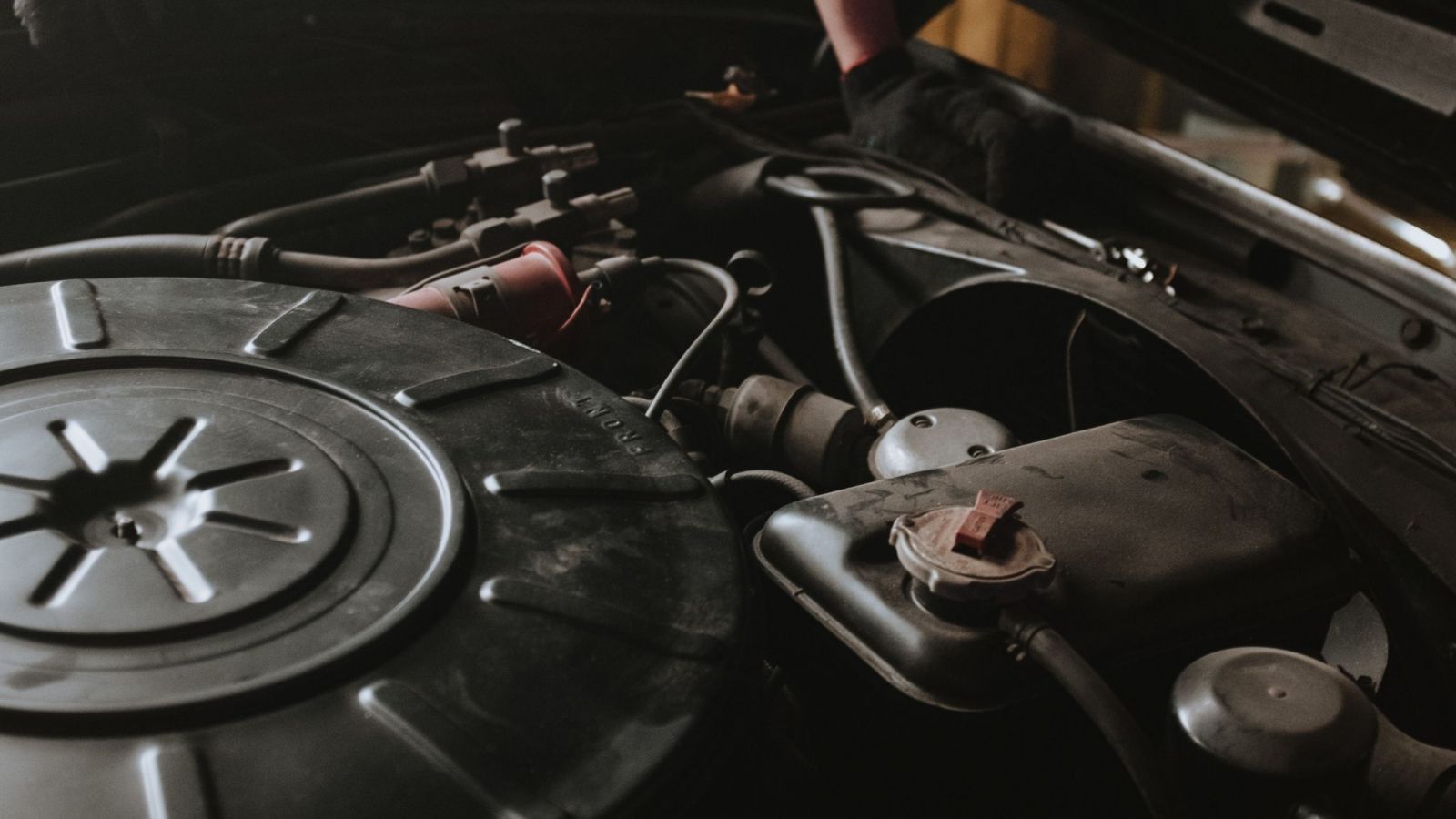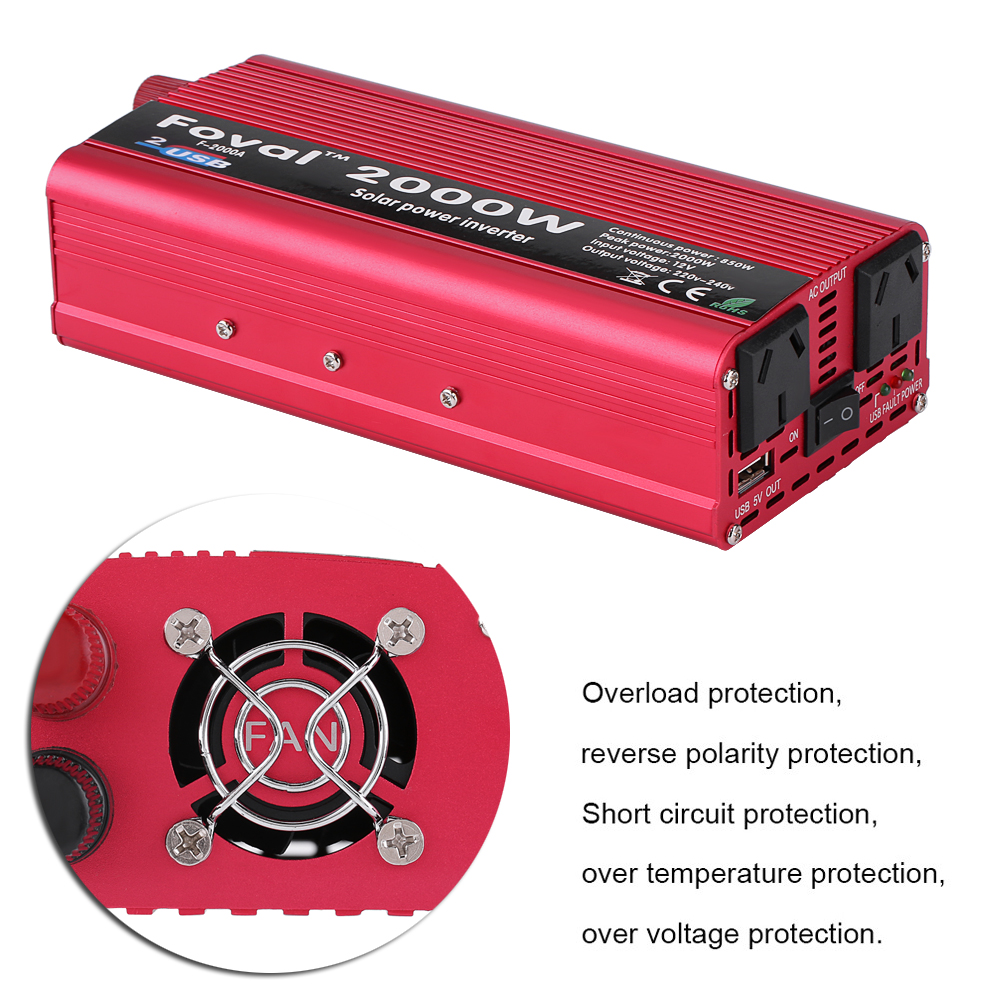

Ensure the Fuel Valve is Set to “On”įor motorcycles with fuel valves (read: non-fuel injected models), having the setting in the wrong place can keep your bike from starting up. Either that or someone else flicked it, or you did it by accident-either way, it’s worth a quick glimpse, as the switch remaining in the on position will prevent the motorcycle from starting.

Not every rider uses their kill switch with regularity, but if you have used it recently, it’s possible the engine cutoff switch is still activated. It’s possible your new battery’s wiring is incorrect, making your non-start a quick fix once you tighten the cables to the terminals. If you suspect something other than the battery is the culprit, especially if you’ve just swapped the battery for a new one, it’s also worth looking at your battery connector cables. Electrical issues often escape riders because they aren’t always visible, but manually checking the connectors can help you spot a problem that wouldn’t otherwise reveal itself. Look for Loose WiresĪnother seeming no-brainer is checking electrical connectors to see that everything is plugged in. If you’re new to the bike you’re having trouble with, switching to neutral and engaging the clutch can be a valuable troubleshooting step (and save you potential embarrassment). Put the Motorcycle in (the Right) Gearĭepending on the motorcycle, you might need to not only engage the clutch but also have the transmission in neutral to get started. You can get around the clutch switch, but long-term, you’ll need another solution (and probably a clutch replacement). There’s also the possibility that your bike’s clutch switch has damage, and you can try “pumping” the clutch a few times to see if that helps reset it. Many bikes must have the clutch in before they will start-even when you’re in neutral. It’s usually a no-brainer for experienced riders, but for newbies, remembering to engage the clutch can mean the difference between a relaxing ride and a frustrating trip to the shop. If you can confirm there’s gasoline in your bike, see if the fuel pump is operational (if the motorcycle has one), and if there’s a carburetor, see if there’s gas making its way there, too. Keep in mind that gauges can malfunction, so consider jostling your bike and listening for the slosh of gas in the tank before jumping to other potential problems.

#SHORT IN AUTO BATTERY BUMPY ROAD FULL#
Especially if your gas gauge reports a full tank, you might not think to check. Confirm There’s Gas in the TankĪ basic pre-trip check is seeing whether you have gas in the tank, but it’s something riders tend to overlook.

Here are 15 things to check to get your motorcycle up and running again.
#SHORT IN AUTO BATTERY BUMPY ROAD HOW TO#
To start the bike, you need to determine which of those is missing and how to reintroduce it. In general, the issue likely falls into one of three categories: fuel, compression, or spark. Once you confirm the battery is still good, that’s one less worry as you try to source the true problem. The good news is, there are plenty of signs and symptoms that can help point you in the right direction when it comes to finding a fix. The bad news is, there could be ten or more things wrong with your motorcycle when it just won’t start. What to Do When Your Motorcycle Won’t Start (But the Battery is Good) Fortunately, there are other troubleshooting means that can help determine why your bike won’t start. If the reading stays steady, your battery is good to go-and your motorcycle likely has another problem (or a few problems). The voltage reading should range between 9.5 and 10.5 for about 30 seconds. You’ll also want to load test the battery with a digital voltmeter, leaving it attached to the motorcycle. You can DIY this or take your battery to a local shop or auto parts store to check it out. If everything looks ok, next is checking the voltage. Looking for bumps or cracks on the battery case.Examining the battery for leaks/checking for any errant fluid.To confirm your battery is still good, you should visually inspect it, check the voltage, and load test the battery.Ī visual battery inspection should involve: If you don’t see these symptoms or are otherwise unsure what to look for, the first step is ensuring that the battery is operational and providing the maximum voltage. Symptoms of a dead battery include dim running lights, a clicking sound when you turn the key, and a short-lived crank of the starter, followed by nothing. If it’s not clear from looking at the bike when you turn the key (the lights come on, for example), you might need to take a few steps to see whether the battery is the problem. You might suspect that your motorcycle battery is good, but you aren’t entirely sure one way or another. How to Tell Whether Your Motorcycle Battery is Good


 0 kommentar(er)
0 kommentar(er)
